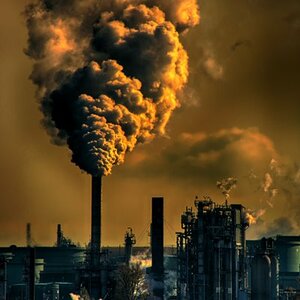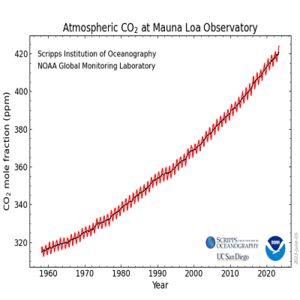

From
global warming, to rising sea level, to ocean acidification, these
are just some of the well-documented consequences if carbon dioxide
(CO
2) levels in the atmosphere are allowed to continue on their
current trajectory, through the end of this century. However, the
impact of these consequences on everyday life might seem unclear,
owing to their global scale. One direct consequence of rising CO2 levels, which could impact daily life, even inside homes and
other buildings, is cognitive impairment. A 2020 study by researchers at the University of Colorado Boulder and University of Pennsylvania
sheds light on the indoor challenges that rising CO
2 levels may pose by the
year 2100.
As
measured at Hawaii’s Mauna Loa Observatory since 1958, atmospheric CO2 levels have steadily risen from 316 parts per million to the
current level of 424 ppm. According to the Intergovernmental Panel on
Climate Change, atmospheric CO2 levels could reach 930 ppm by 2100.
Furthermore, the estimate of 930 ppm is averaged for the whole
“outdoor” atmosphere. Locations in urban areas tend to have
higher average CO2 concentration than in non-urban areas. In addition, the
indoor air we breathe can have significantly higher CO2 concentration, such as in rooms with poor ventilation, or rooms
crowded with many people.
By
century’s end, CO
2 levels in the average indoor space could
approach 1400 ppm. According to this study, levels that high
are capable of impairing peoples’ decision-making skills by 25%, and their complex strategic thinking ability by 50%.
Although there may be ways to adapt indoor spaces and ventilation
systems to help overcome some of this increase in indoor CO
2, some of
these adaptations may involve increased CO
2 emissions to the outside,
too. Decreasing overall CO
2 emissions in the upcoming decades still
appears to be the most surefire way to prevent not only indoor air quality issues, but the remainder of negative global
impacts caused by this greenhouse gas.

